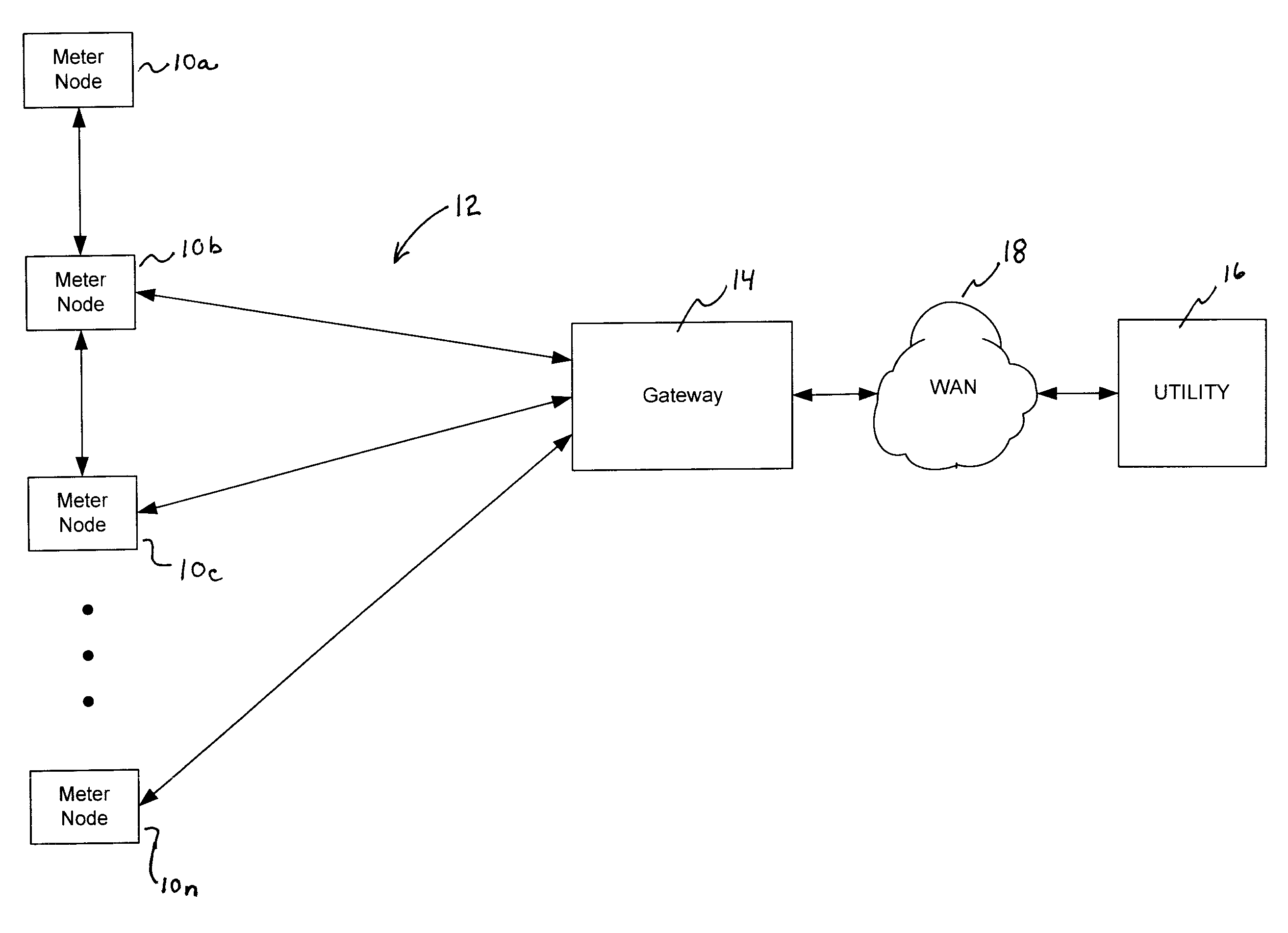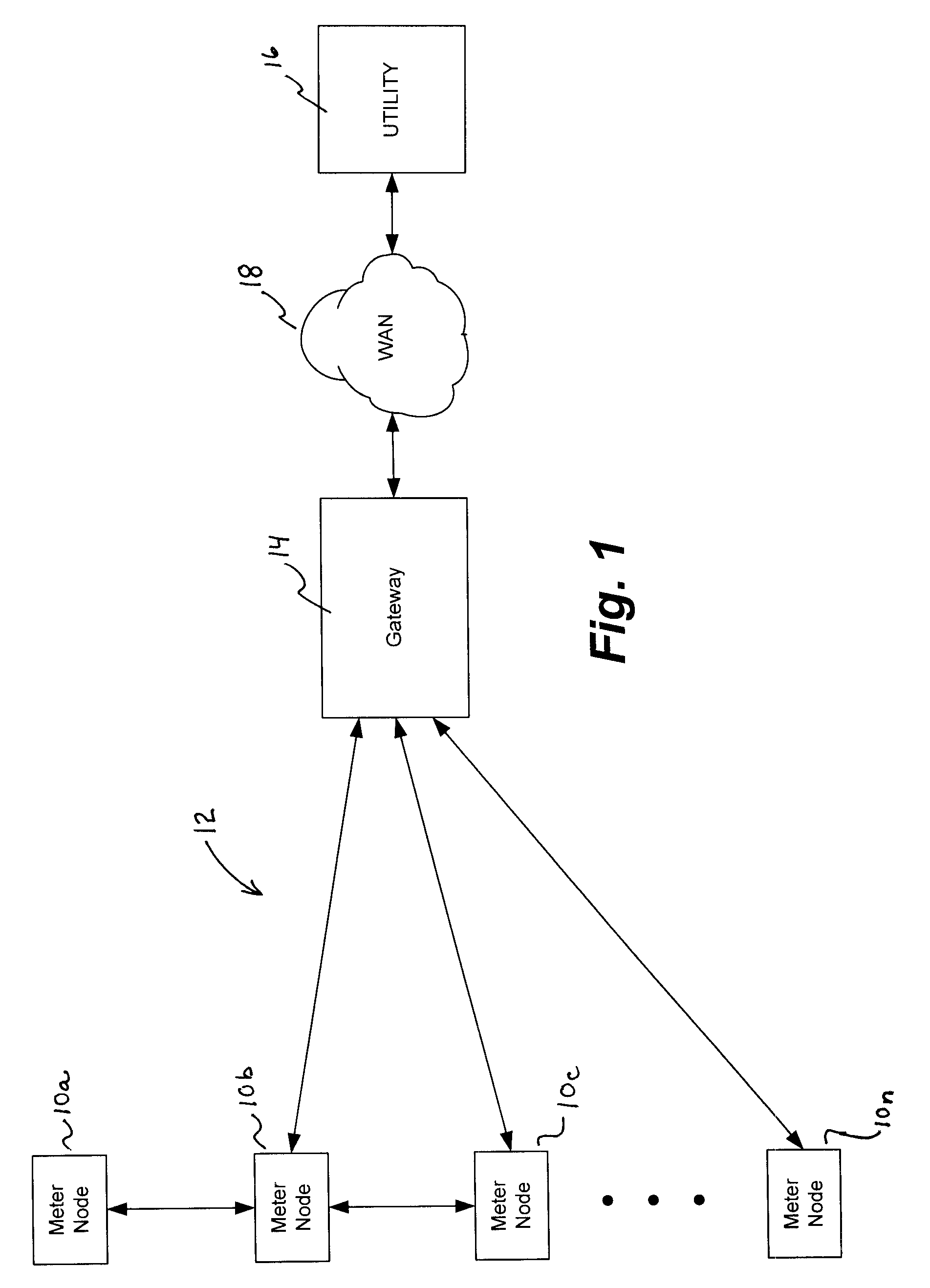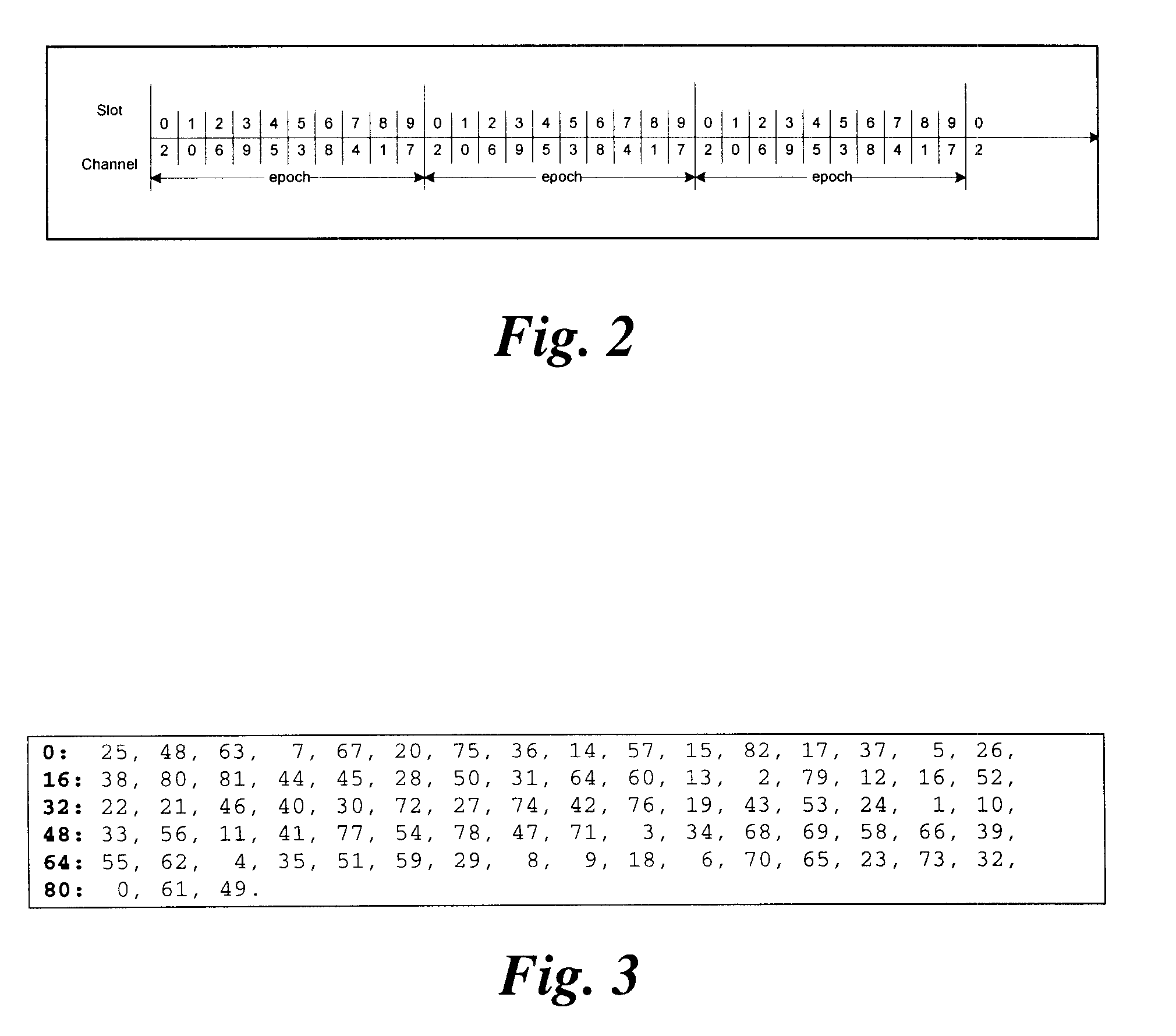Dynamic Scrambling Techniques for Reducing Killer Packets in a Wireless Network
a dynamic scrambling and wireless network technology, applied in the field of secure transmission and robust reception of packets in a wireless communications network, can solve problems such as the creation of killer packets and killer packets
- Summary
- Abstract
- Description
- Claims
- Application Information
AI Technical Summary
Benefits of technology
Problems solved by technology
Method used
Image
Examples
Embodiment Construction
[0022]The invention described herein provides mechanisms that avoid the continual re-transmission of a killer packet that may be encountered in a wireless or wireline data network. This result is accomplished by changing the actual sequence of bits in the packet itself, through variations in the scrambling of data in the packet.
[0023]To facilitate an understanding of the concepts upon which the invention is based, they are described hereinafter with reference to exemplary embodiments implemented in wireless networks that utilize FSK-modulation and Frequency-Hopping Spread Spectrum (FHSS) transmission techniques. However, it will be appreciated that these concepts can also be implemented in other types of data networks that utilize different modulation and / or transmission techniques.
[0024]An exemplary wireless communication network, in which the concepts of the present invention can be implemented, is depicted in FIG. 1. This particular example is associated with Automated Meter Read...
PUM
 Login to View More
Login to View More Abstract
Description
Claims
Application Information
 Login to View More
Login to View More - R&D
- Intellectual Property
- Life Sciences
- Materials
- Tech Scout
- Unparalleled Data Quality
- Higher Quality Content
- 60% Fewer Hallucinations
Browse by: Latest US Patents, China's latest patents, Technical Efficacy Thesaurus, Application Domain, Technology Topic, Popular Technical Reports.
© 2025 PatSnap. All rights reserved.Legal|Privacy policy|Modern Slavery Act Transparency Statement|Sitemap|About US| Contact US: help@patsnap.com



